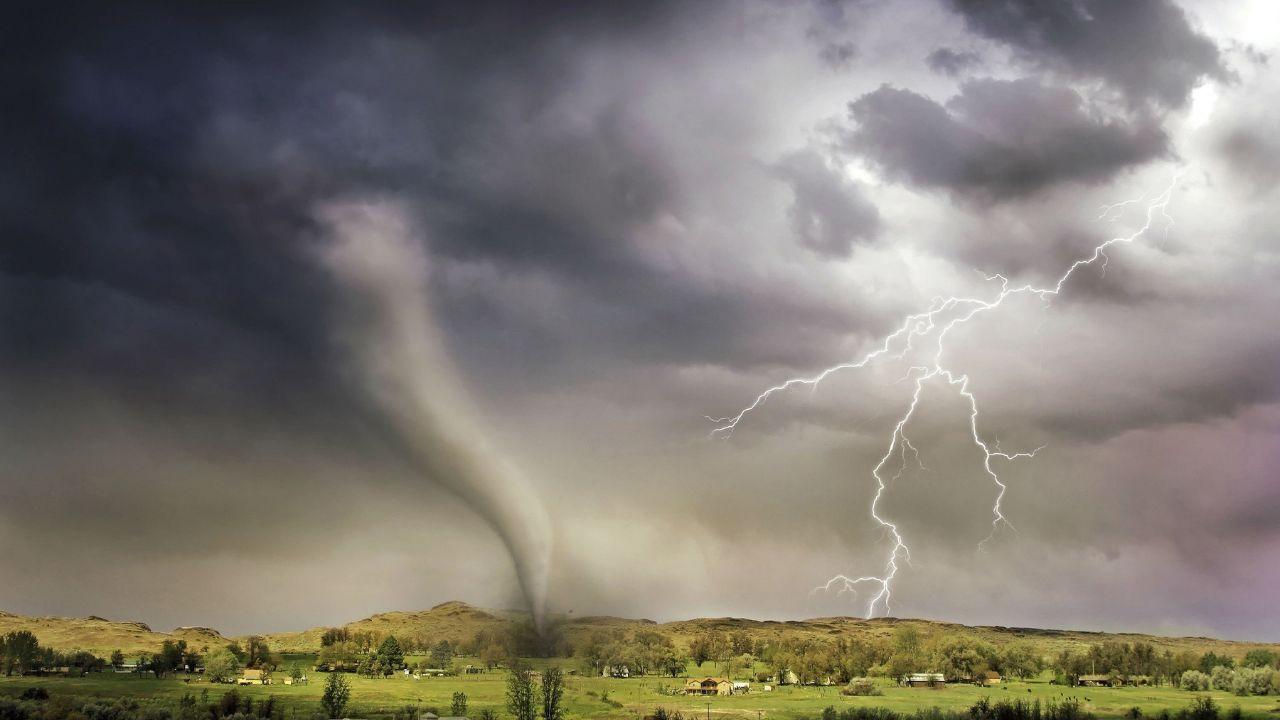**Strengthening Bangladesh-Pakistan Relations in the Face of Climate Change**
There is an urgent need to further strengthen Bangladesh-Pakistan relations against the backdrop of climate change and its profound impact on both countries. Geographically and ecologically, the two nations are inseparably connected through the monsoon systems that stretch from the Bay of Bengal to the Arabian Sea. Both countries face climate-triggered disasters including flash floods, mudslides, heat waves, droughts, tropical storms, and cyclones.
### Historical and Ecological Connections
Bangladesh and Pakistan share profound historical connections dating back to the pre-independence era. Before partition, both were integral parts of British India, linked through common governance systems, cultural practices, and economic interdependencies. The Bengal region (now Bangladesh) and areas of present-day Pakistan were sites of ancient civilizations connected by historic trading routes such as the Grand Trunk Road and maritime pathways.
Ecologically, both nations form part of South Asia’s vast monsoon system. This shared meteorological phenomenon has historically shaped agricultural practices, settlement patterns, and cultural rituals in both regions. The monsoon winds that bring life-giving rain to Bangladesh extend westward to influence Pakistan’s weather, creating ecological interdependencies that transcend political borders.
The monsoon system is intricately tied to the greater Himalayan ecosystem. Rivers originating in these mountains flow through both countries—the Ganges-Brahmaputra delta in Bangladesh and the Indus River system in Pakistan. These water systems have historically defined settlement patterns, agricultural activities, and cultural identities on both sides.
### Shared Climate Change Challenges
Despite geographical differences, Bangladesh and Pakistan face strikingly similar climate challenges.
– **Floods:** Devastating floods occur with increasing frequency and intensity in both countries. Pakistan’s 2022 floods submerged a third of the country, affecting more than 33 million people and causing damage estimated at $30 billion. Bangladesh experiences annual floods that have intensified over recent years; the 2020 monsoon floods affected over 5.4 million people, submerging about 40 percent of the country.
– **Sea Level Rise:** Rising sea levels threaten Bangladesh existentially, with about 17% of its land area potentially submerged by 2050 if global sea levels rise by one meter, potentially displacing 20 million people. Pakistan’s 990-kilometer coastline along the Arabian Sea faces similar risks, especially the city of Karachi, home to over 16 million people, which is highly vulnerable to coastal flooding and erosion.
– **Saltwater Intrusion:** Saltwater intrusion has degraded agricultural land extensively. Bangladesh has lost approximately 200,000 hectares of arable land to salinity, while Pakistan’s Indus Delta has seen over 1.2 million acres affected by seawater intrusion.
– **Tropical Cyclones & Heat Waves:** Bangladesh has long battled powerful cyclones from the Bay of Bengal, with Cyclone Amphan (2020) causing $13 billion in damages. Heat waves have become deadlier in both countries: Pakistan recorded one of the world’s highest temperatures of 53.7°C in Jacobabad in 2021, while Bangladesh recorded 42.7°C in Rajshahi in 2019. The 2022 pre-monsoon heat wave simultaneously affected both countries, killing hundreds and reducing agricultural yields. Urban heat island effects in cities like Dhaka and Karachi amplify these impacts—Karachi’s 2015 heat wave alone claimed over 1,200 lives.
– **Changing Rainfall Patterns & Glacial Melt:** Altered precipitation patterns impact both nations crucially. Bangladesh has seen a 5.5% decrease in pre-monsoon rainfall since 1960, while Pakistan has experienced a 10–15% reduction in winter precipitation in some areas. Glacial melt affects Pakistan more directly due to its dependence on the Indus River system, with accelerated melting threatening long-term water security. Bangladesh faces downstream impacts of Himalayan glacial retreat that contribute to unpredictable river flows.
### Socioeconomic Impacts of Climate Change
Climate change significantly impedes economic development in both countries by affecting key sectors and worsening socioeconomic challenges.
– **Agriculture:** A cornerstone for both economies, agriculture faces severe disruptions. In Bangladesh, agriculture accounts for 13% of GDP and employs about 39% of the labor force. Climate change could reduce rice production by up to 17% and wheat by up to 61% by 2050. Pakistan’s agriculture, contributing 24% to GDP and employing 42% of the workforce, could see crop yields decrease by 8–10% by 2040, with some regions experiencing up to 30% reductions in wheat and rice productivity.
– **Water Security:** Pakistan is classified as water-stressed, with per capita water availability declining from 5,600 cubic meters at independence to less than 1,100 cubic meters today; projections indicate it will drop below 1,000 cubic meters by 2035, officially marking it as water-scarce. Bangladesh, despite abundant water resources, faces seasonal scarcity and worsening water quality due to salinity and pollution.
– **Energy Infrastructure:** Both countries’ energy sectors face climate-related stresses. Pakistan’s hydropower, which generates about 30% of electricity, suffers from erratic river flows. Bangladesh’s energy infrastructure in low-lying regions is vulnerable to flooding and cyclones; for example, Cyclone Amphan in 2020 disrupted power transmission lines, leaving millions without electricity.
– **Urbanization & Migration:** Climate impacts are reshaping urbanization patterns. In Bangladesh, approximately 400,000 people migrate annually to urban centers, with climate change driving roughly 30% of this movement. Dhaka’s slum population has grown beyond 4 million, many of whom are climate migrants. Pakistan’s cities grow at 3% annually, with climate-induced rural-to-urban migration significantly contributing—Karachi alone receives about 200,000 climate-affected migrants annually from rural Sindh and Balochistan.
– **Public Health:** Climate-related disease burdens strain health systems. Bangladesh has seen a 12% increase in diarrheal diseases during floods, alongside expanding dengue fever outbreaks—in 2019, dengue cases hit a record high of over 100,000. Pakistan faces rising malaria incidence in newly affected highland areas and large spikes in waterborne diseases post-flooding, with over 2.7 million cases recorded after the 2022 floods.
– **Poverty:** Climate change threatens poverty reduction gains. The World Bank estimates that by 2030, an additional 62 million South Asians could be pushed into extreme poverty due to climate impacts. Bangladesh’s coastal poverty rates exceed the national average by 17%, while Pakistan’s flood-exposed districts have poverty rates approximately 23% higher than less-exposed regions.
### Climate Policies: Contrasts and Progress
Bangladesh and Pakistan have developed distinct climate policy approaches reflecting their governance and priorities.
– **Bangladesh** has emerged as a global leader in climate adaptation, initiating the Bangladesh Climate Change Strategy and Action Plan (BCCSAP) in 2009. It established the Climate Change Trust Fund with an initial $100 million budget allocation. Bangladesh’s Delta Plan 2100 is among the most ambitious long-term adaptation frameworks worldwide, integrating water management, food security, and resilience.
– **Pakistan** adopted its National Climate Change Policy in 2012, updated in 2021, with a balanced focus on mitigation and adaptation. Its Nationally Determined Contributions (NDCs) set ambitious targets to reduce emissions by 20% below projected 2030 levels, contingent on international support.
Institutionally, Bangladesh created a dedicated Ministry of Environment, Forest and Climate Change, whereas Pakistan has alternated between a dedicated ministry and broader environmental portfolios.
In financing, Bangladesh has accessed over $800 million in international climate finance (Green Climate Fund, Adaptation Fund, etc.), allocating 7–8% of its annual budget to climate expenditures. Pakistan traditionally relied on development finance with some climate co-benefits but has started initiatives like the Ecosystem Restoration Fund; its climate-relevant spending is around 5–6% of the federal budget.
### Transboundary Climate Issues and Regional Interdependencies
Both countries share critical transboundary climate issues involving India, complicating environmental management.
– **Water Resources:** Pakistan-India relations are governed by the 1960 Indus Waters Treaty, which faces increasing stress due to changing glacial melt and rising water demands. Bangladesh shares 54 rivers with India, including the Ganges and Brahmaputra, managed under the Ganges Water Treaty.
– **Air Pollution:** The Indo-Gangetic Plain, spanning Pakistan, northern India, and Bangladesh, endures some of the world’s worst air quality. Seasonal crop burning in India and industrial emissions worsen air pollution, causing approximately 122,400 premature deaths annually in Bangladesh and 128,000 in Pakistan.
– **Climate-Induced Migration:** Climate pressures have driven significant migration. Bangladesh’s climate-vulnerable coastal population has seen roughly 1.5 million move to India. Pakistan-India migration is more restricted, but climate changes threaten seasonal labor movements and may increase irregular migration.
– **Disaster Management:** Despite shared climate hazards, disaster coordination is weak. Floods originating in Nepal and India impact downstream Bangladesh; water management decisions by India affect flood patterns in Bangladesh and Pakistan. Early warning systems for floods, cyclones, and glacial lake outburst floods require enhanced regional cooperation. Although SAARC has a Disaster Management Centre, political tensions have limited its effectiveness.
### Opportunities for Strengthened Bangladesh-Pakistan Climate Cooperation
Building on shared history and common climate vulnerabilities, Bangladesh and Pakistan can enhance cooperation through several promising avenues:
– **Knowledge Exchange:** Bangladesh’s expertise in community-based adaptation and disaster preparedness can assist vulnerable Pakistani communities. Conversely, Pakistan’s experience monitoring glacial melt in the Hindu Kush-Karakoram region can inform Bangladesh’s management of Himalayan runoff impacts. Establishing a formal Bangladesh-Pakistan Climate Knowledge Exchange Programme would foster institutional learning.
– **Joint Research:** Collaborative studies on climate-resilient agriculture and monsoon pattern monitoring can improve food security and disaster preparedness. Partnerships between institutions such as Bangladesh University of Engineering and Technology and Pakistan’s Global Change Impact Studies Centre could advance shared research goals.
– **Diplomatic Coordination:** As two of the most climate-vulnerable countries, Bangladesh and Pakistan can amplify their voices in international climate forums such as the Climate Vulnerable Forum, G77+China bloc, and UNFCCC conferences by coordinating strategies.
– **Economic Cooperation:** Preferential trade arrangements for climate-resilient technologies and agricultural products could benefit both economies. Joint investments in climate-resilient port infrastructure would enhance economic connectivity while addressing shared vulnerabilities. Exploring bilateral carbon market mechanisms could generate mitigation financing and strengthen economic ties.
– **Regional Integration:** Reinforcing climate cooperation under SAARC can benefit South Asia. Joint proposals to strengthen the SAARC Meteorological Research Centre and access the Green Climate Fund’s regional project window could mobilize resources for transboundary climate initiatives.
### Conclusion
By leveraging their shared historical connections, similar climate vulnerabilities, and complementary strengths, Bangladesh and Pakistan have significant potential to develop a productive climate partnership. Such collaboration can enhance resilience, address common development goals, and serve as a model for climate diplomacy between countries with complex political histories. As climate impacts intensify across South Asia, strengthened Bangladesh-Pakistan cooperation becomes not only beneficial but essential for sustainable development and human security in the region.
https://www.thenews.com.pk/tns/detail/1345072-pooling-lessons-and-resources


